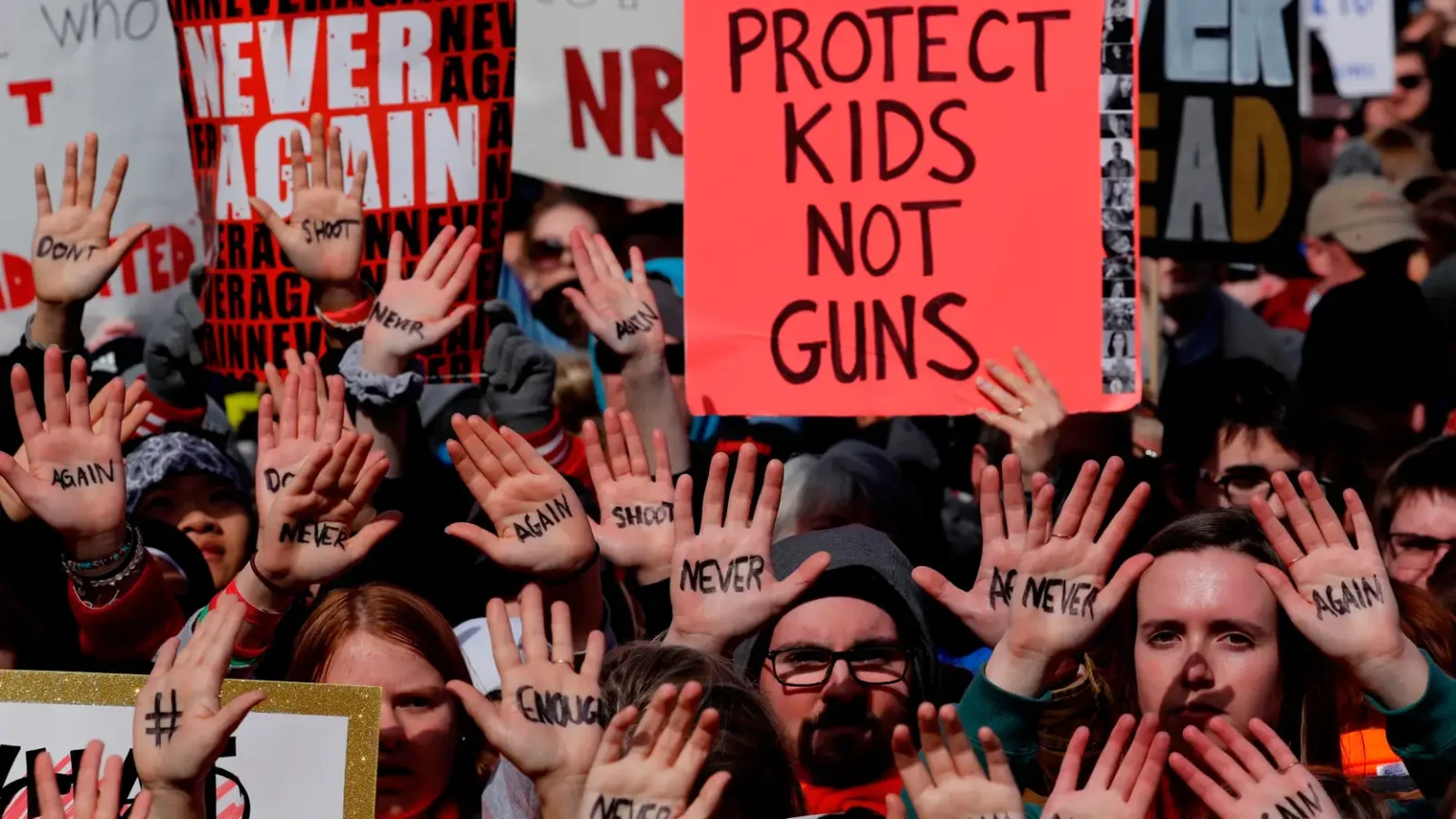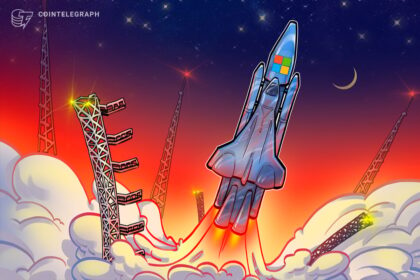On February 14, 2018, a tragic and horrifying mass shooting occurred at Marjory Stoneman Douglas High School in Parkland, Florida, shaking the United States to its core. A former student entered the school with a semi-automatic rifle and opened fire, killing 17 people, including 14 students and 3 staff members, and injuring many more. It was one of the deadliest school shootings in U.S. history, and what followed was not only a national mourning but also a powerful wave of activism, largely led by the surviving students themselves.
The shooter, a 19-year-old who had been expelled from the school previously for behavioral issues, used an AR-15 style rifle to carry out the massacre. He had a long history of mental health problems, violent behavior, and was even reported to law enforcement and school officials multiple times before the shooting. Despite those warning signs, he was still able to legally purchase a firearm. This glaring failure in systems of prevention sparked outrage across the country.
Unlike many other mass shootings that had occurred in the past, the aftermath of the Parkland shooting didn’t fade away quickly from the public consciousness. What made Parkland different was the reaction from the survivors. Within days, students from the school began speaking out forcefully in public and on social media. Names like Emma González, David Hogg, Cameron Kasky, and Jaclyn Corin quickly became known across America as these teenagers began organizing protests, interviews, and a massive national movement.
The most visible and impactful result of their activism was the creation of the “March for Our Lives” movement. This youth-led campaign demanded stricter gun control laws, including universal background checks, bans on assault weapons, and restrictions on high-capacity magazines. They called out politicians who accepted donations from the National Rifle Association (NRA) and urged voters to support candidates who prioritized gun safety. Their voices were loud, passionate, and unfiltered — and that authenticity resonated with millions.
Social media played a crucial role in the momentum. The Parkland students used platforms like Twitter, Instagram, and YouTube to amplify their message, coordinate events, and counter misinformation. Their ability to communicate directly with the public, without relying on traditional media, gave them a strong advantage. They weren’t just organizing protests — they were reshaping how political advocacy looked in the digital age. Emma González’s speech, during which she stood in silence for several minutes to honor the victims, went viral. David Hogg used his platform to challenge elected officials directly, often sparking both praise and backlash.
On March 24, 2018, just over a month after the shooting, the students organized the historic March for Our Lives rally in Washington, D.C., with more than 800 sibling marches across the U.S. and around the world. The Washington march drew over 800,000 people, making it one of the largest youth-led protests in U.S. history. Survivors gave powerful speeches, musical performances honored the victims, and banners read slogans like “Protect Kids Not Guns,” “Never Again,” and “Am I Next?” The movement had clearly touched a national nerve.
Politicians and public figures took notice. While Congress didn’t pass sweeping federal legislation in 2018, several states introduced or passed new laws strengthening background checks, banning bump stocks, or raising the age to purchase rifles. In Florida — a Republican-led state — lawmakers passed the Marjory Stoneman Douglas High School Public Safety Act, which raised the minimum age to buy rifles from 18 to 21, imposed a waiting period, and created a program to arm school staff (a controversial aspect). Although not all changes aligned with the students’ demands, it was a rare example of a state taking legislative action after a mass shooting.
The youth-led activism also influenced the 2018 midterm elections. Many of the Parkland students and their supporters embarked on a nationwide bus tour called “Road to Change”, where they traveled to dozens of cities and held voter registration drives, town halls, and rallies. Their goal was clear: register young voters, hold politicians accountable, and flip seats where lawmakers refused to act on gun reform. Their efforts were credited with energizing young voter turnout in the midterms, particularly among first-time voters.
Despite their rising influence, the Parkland students also faced intense criticism and harassment, especially from conservative figures and gun rights advocates. Conspiracy theories about the students being “crisis actors” circulated online. Some pundits attacked their intelligence or accused them of exploiting a tragedy. But the students pushed back, often with sharp wit and data, continuing to highlight the growing number of gun deaths in America and the lack of political will to prevent them.
The Parkland shooting also reopened discussions about mental health, school safety, and the role of gun culture in American society. It reignited debates over the Second Amendment and the power of the NRA. Some focused on arming teachers, while others insisted the solution was to reduce access to deadly weapons. The country remained deeply divided on the best path forward, but one thing had changed: the youth had found their voice, and they weren’t backing down.
The shooting and its aftermath also inspired art, poetry, songs, documentaries, and school walkouts across the country. Students in different cities held their own marches and protests in solidarity. Even schools far from Parkland saw increased activism, where young people began asking tough questions about the safety of their own classrooms and communities.
In many ways, 2018 marked the beginning of a new generation of activists. Unlike previous movements that often relied on adult-led organizations, the Parkland students demonstrated that teenagers could lead, organize, and demand change at the highest levels. They weren’t waiting to grow up to vote or run for office — they were ready to change the world now. Their presence on news programs, their op-eds in major newspapers, and their consistent pressure on lawmakers created a sense of urgency around gun violence that had long been lacking in national discourse.
The Parkland survivors channeled their grief into action. They showed that tragedy could be transformed into purpose and that even in the face of unimaginable loss, courage and hope could prevail. They didn’t claim to have all the answers, but they were determined to ask the right questions — loudly, publicly, and persistently.






